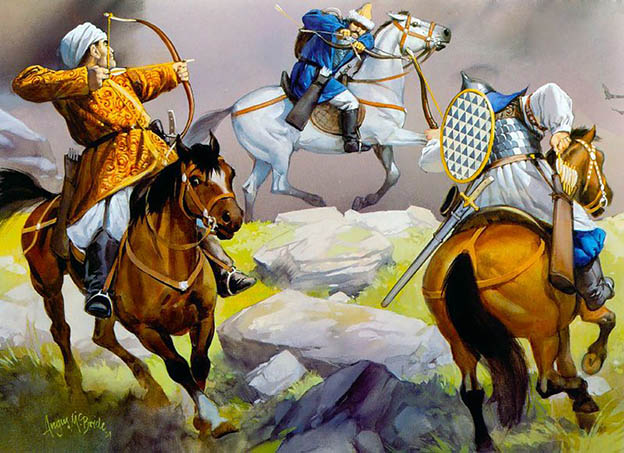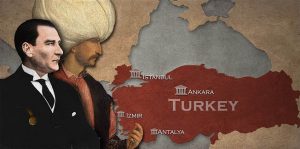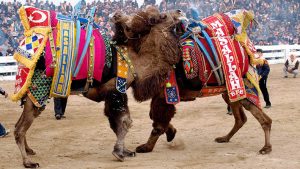First Turks
The Seljuk Turks were the first Turks to settle in Anatolia. The Seljuk Turks established an enlightened, tolerant government in Central Anatolia with a great culture.
SELJUK TURKS
In the 11th century, under their leader Tugrul, the Seljuk Turks founded the dynasty of great Seljuks reigning in Iran, Iraq and Syria.
In 1071, his nephew Alp Arslan defeated the Byzantines in Malazgirt, near Lake Van. The doors of Anatolia were thus opened to the Turks, and Anatolia went through a profound transformation ethnically, politically, and in the religious, linguistic and cultural spheres. The Seljuk Sultanate in Anatolia continued until the beginning of the 14th century.
The zenith of the Seljuk civilization came in the first half of the 13th century with Konya as its political, economic, religious, artistic and literary centre.
The Seljuks created a centralised administration organised around the Sultan, his ministers and provincial governors. Science and literature blossomed, as did mystic poetry. Anatolia was crossed by the great routes linking the east and west, and many of the caravanserais built along these routes still stand today. Agriculture, industry and handicrafts expanded and the country was suddenly rich in mosques, madrasahs (educational institutions) and caravanserais.
SELJUK SULTANS
- Tugrul I Bey (1037-1063)
- Alp Arslan (1063-1073)
- Shah I (1073-1092)
- Suleyman I ibn Qutalmïsh (1078-1086)
- Kilic Arslan I (1092-1107)
- Malik Shah II (1107-1116)
- Mesud I (1116-1156)
- Kilic Arslan II (1156-1192)
- Giyaseddin Keykusrev I (1192-1196)
- Suleyman II (1196-1204)
- Kilic Arslan III (1204)
- Giyaseddin Keykusrev I (1204-1210)
- Kaykavus I (1210-1220)
- Alaaeddin Keykubat I (1220-1237)
- Giyaseddin Keykusrev II (1237-1246)
- Kaykavus II (1246-1257)
- Kilic Arslan IV (1248-1265)
- Kaykubat II (1249-1257)
- Kaykusrev III (1265-1282)
COLLAPSE OF THE SELJUK SULTANATE
The Seljuk Sultanate collapsed due to internal dissent and Mongol invasions. Anatolia was again fragmented into rival independent principalities, one of which came under Ottoman rule. Anatolia, though divided, had been united by language, religion and race, offering an opportunity for statesmanship and courage. This would be the task of Osman and his successors.




